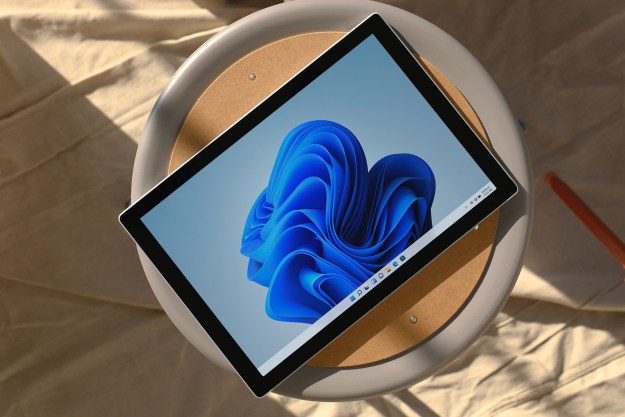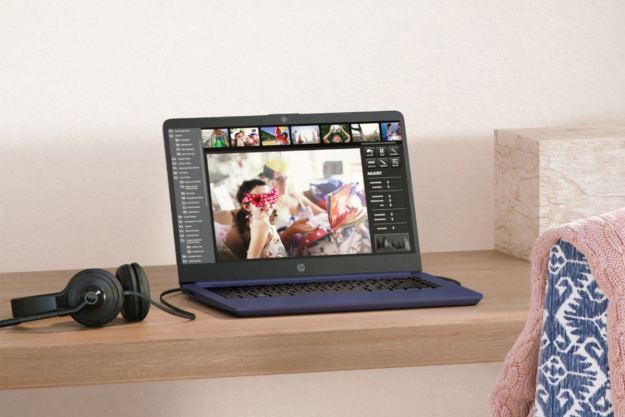Intel introduced its new silicon-level Threat Detection Technology platform during the RSA security conference in San Francisco. The first component revealed during the show, Accelerated Memory Scanning, pulls the taxing burden of scanning for threats stored in memory off the processor’s cores and onto the chip’s integrated graphics. This shift reduces the impact on performance typically caused by scanning memory and supposedly lowers power consumption.
According to Intel, Microsoft is already integrating this component into the antivirus aspect of Windows Defender Advanced Threat Protection. Microsoft will release this updated version of its Windows 10 security application for sixth, seventh, and eighth-generation Intel Core processors before the end of April.
Another component introduced during the conference is Intel Advanced Platform Telemetry. This feature will reside in data centers and make its initial appearance in the Cisco Tetration platform, which provides cloud workload protection and data center security. This component combines platform telemetry with machine learning algorithms to reduce false positives, improve threat detection, and minimize performance reduction.
But that’s not all. Intel also introduced its new Intel Security Essentials platform for its Core, Xeon, and Atom processors. Baked directly into the CPU silicon, it’s packed with “platform integrity technologies” to protect applications while they’re running using hardware-based protections, accelerated cryptography, trusted execution enclaves, and a highly secure system boot.
“This standard set of capabilities will accelerate trusted computing as customers build solutions rooted in hardware-based protections,” Intel says. “Further, these capabilities, directly integrated into Intel silicon, are designed to improve the security posture of computing, lower the cost of deploying security solutions and minimize the impact of security on performance.”
Finally, Intel wants to beef up the cybersecurity community by strengthening knowledge and relationships. The first new step in that direction is the “Design for Security” badge certification program at Purdue University for students and professionals. Four courses will launch the collaboration this August focused on designing security solutions for current and future demands.
“[The program] will cover design for security principles from the physical secure design of the infrastructure, to the security of the hardware and software that underlie the infrastructure, and then to the technical constraints and processes in place to support operational security,” Purdue states. “It will introduce security principles that are required to design a system that supports and enforces the necessary authentication, authorization, confidentiality, data integrity, accountability, availability, and non-repudiation requirements, even when the system is under attack.”
Intel CEO Brian Krzanich made his “security first” pledge in January after the Meltdown and Spectre vulnerabilities went public. The flaws are on a hardware level, allowing hackers to gain access to sensitive data through a method all CPUs utilize to predict the path of a current task to find the shortest route to completion. Intel released multiple updates since the disclosure, and integrated fixes in the company’s newer chips. But Krzanich said the security assurance won’t just stop with a patch but will include continuing commitments such as funding academic and independent research.
Editors' Recommendations
- How Intel and Microsoft are teaming up to take on Apple
- Windows 11 has been causing problems with Intel graphics for months, and no one said a word
- How Windows 11 will improve performance for the next-gen Intel Alder Lake chips


